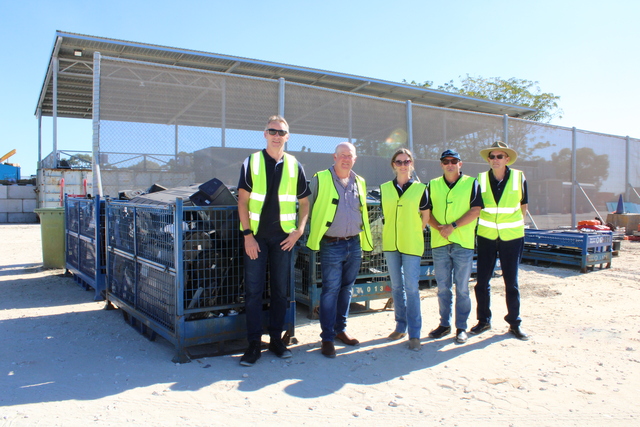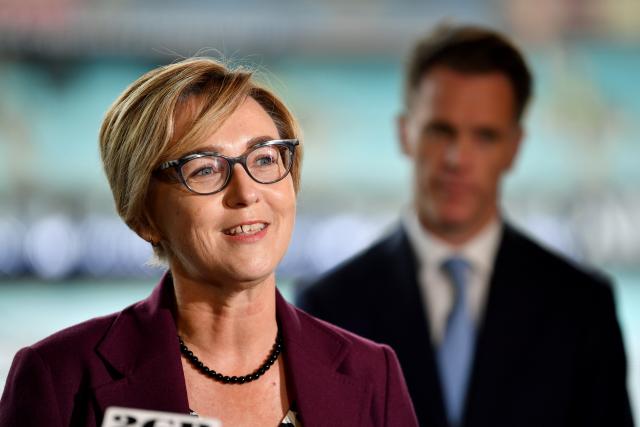Planning reforms announced in October by both the Victorian and New South Wales Governments have been welcomed by their respective Local Government Associations.
The Local Government and Shires Associations of NSW said that reforms to the State’s planning system will reduce duplication and make the system simpler. Speaking at the Local Government Association Annual Conference, New South Wales Assistant Planning Minister, Diane Beamer, said the Government aims to reduce red tape.
“We’re revising the zoning categories from the present 3,100 down to fewer than 25 and bringing 1,700 definitions down to fewer than 250,” she said. “The reduction and streamlining of definitions and zonings doesn’t mean we’re trying to force Councils into a ‘one size fits all’.
“Councils have the authority to load their local environment plans (LEPs) with their unique local requirements. It doesn’t mean Councils will be constrained in where they can apply the zonings. But it does mean when anyone turns up at any of the 152 councils around the State, they’ll know what the zones allows them to do and have some consistency in the definitions they will be working with.”
Then LGA President, Councillor Sara Murray, said she was pleased that the government has recognised the important role councils play in planning decisions.
“We have been concerned by earlier recommendations to severely limit councillors’ roles in planning but are relieved to learn that their involvement is assured,” she said. “However, the Associations remain fundamentally opposed to the introduction of private certification into the planning system.
“Private certification has demonstratively failed and there is a need to address this. We believe that the planning approval process should lie solely with Local Government and will be seeking further discussion with the Department on this issue in the near future.”
NSW Shires Association President, Councillor Phyllis Miller, said the reforms will allow councils to adapt plans to suit their local circumstances.
“The government has seen sense on this and we commend them for recognising the importance of community involvement in planning matters,” she said.
In Victoria, planning decisions to set height limits for residential streets will be streamlined under moves announced by State Planning Minister, Mary Delahunty.
This decision has been welcomed by both the Municipal Association of Victoria (MAV) and the Victorian Local Governance Association (VLGA). MAV President, Councillor Geoff Lake, said the new controls would provide the option of a maximum height limit of nine metres in low rise residential areas and height limits for smaller neighbourhood centres tailored to suit local circumstances.
“This provides certainty for councils and their communities and is significant recognition of Local Government’s status as the planning authority with a mandate to determine those areas where local amenity should be protected and focus future developments in designated activity centres,” he said.
Victorian Local Governance Association President, Councillor Julie Hansen, congratulated the State Government on this initiative that will create a consistent approach to planning across Melbourne.
“This is the type of package the VLGA has been seeking from the State Government for some time, and we are delighted that our advocacy along with others was heard and accepted,” she said.







